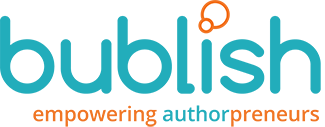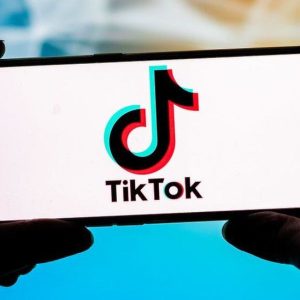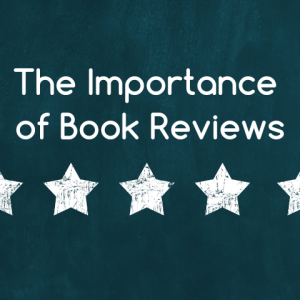7 seconds. No pressure, right? It’s amazing what the human mind can assess in 7 seconds—cover, title, subtitle, price, social proof (awards, reviews), a few lines of your synopsis. In seven seconds readers will decide, “Is this book right for me?” “Will this book make me feel the way I want to feel?”—frightened, joyful, melancholy, romanced, entertained, inspired, hopeful, challenged, informed, confident, intelligent, etc.
Does your product page answer readers’ questions fully and effectively in 7 seconds? Here are a few ways to find out if the important elements on your book’s product page are doing their job:
Ask readers for feedback on your cover. Social media (through your blog, a book bubble, tweet or Facebook post) is great for this. Make it fun. You can even make it a contest. Ask readers to look at your cover for five seconds and then answer two questions: What do you think this book is about? How does this cover make you feel? If you don’t get the answers you want from readers, you might want to revisit your cover. An effective, well-designed, professional cover is one of the most important selling elements on your book’s product page.
Assess your title and subtitle. Does your book’s title fit the genre in which you write? Does it both intrigue and inform? Does it help the reader understand what your book is about? Does it help readers decide whether the book is right for them?
A/B test your synopsis. We’ve done this while running Amazon ads for our authors…and seen big improvement in an ad’s performance. For example, we’ve taken a really strong review or award and put it at the top of the synopsis and bolded it. Result? More sales. We’ve rewritten many synopses, so that they evoke more emotion. Often authors want to share all of the book’s major characters and plot lines in the synopsis. A little plot is important but, remember, readers want to know how your book will make them feel. See if a new synopsis improves your sales.
Experiment with the price of your book. eBook pricing is easy to change. Keep experimenting with price until you find a sweet spot. Study what other top authors in your genre are doing with the price of their books. Mimic their pricing strategies and see if it improves your sales. Cheaper isn’t actually better in some genres, so it’s important to understand reader expectations when it comes to pricing your book.
Make sure there’s plenty of social proof. We’ve written about this before. Examples of social proof are: editorial and reader reviews as well as awards your book has won. Social proof let’s readers know very quickly that other people have enjoyed and valued your book. Social proof instantly makes readers feel more confident that they will enjoy your book as well. It quickly removes friction from the reader’s buying decision.
Once you’ve assessed your book’s product page—and fixed anything that might confuse or cause a potential reader to hesitate or question whether your book is right for them—then, head over to bublish.com and create a book bubble. Not only will you be creating a unique social book browsing experience for new readers to explore, but each week we’ll showcase the newest bubbles in our Weekend Reader Marathon. Readers spend 2 to 3 minutes browsing a book bubble—a whole lot longer than 7 seconds! If a reader clicks “buy” after reading your bubble, they’re already interested in your book. If you’ve got your book’s product page in good shape—ready for that reader’s 7-second assessment—you’ll have a much better chance of getting the sale.
Don’t know about Bublish? Try it for free for two weeks. What are you waiting for…go forth and Bublish!





